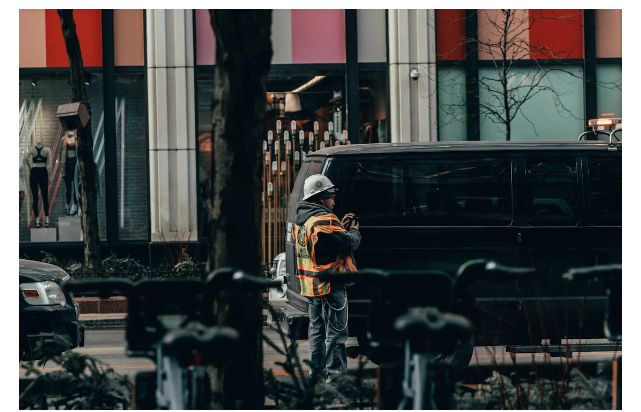How Traffic Laws Have Changed in the Modern Era

Traffic laws are the bedrock of road safety. They guide drivers, cyclists, and pedestrians in shared public areas. However, like other sectors, the transport landscape has undergone a profound transformation, thanks to tech advancements and other issues. Some traffic laws of the yesteryears aren’t applicable currently, while others have been changed to fit the modern era.
Knowing these changes is important for road users to appreciate how they help create a safer and more efficient transport system. Below are two main changes in traffic laws you should know.
Enhanced Enforcement Through Technology
Modern technologies have significantly changed traffic law enforcement. Traditionally, law enforcement on the roads heavily relied on human interventions. However, this has been largely replaced or augmented by automated systems, which have improved efficiency and reduced human error and bias.
Automated enforcement tools lead these technological transformations. Modern options like speed cameras and license plate recognition systems are becoming a norm on the road globally. These systems have greater consistency and accuracy. They help traffic officers enforce traffic laws without the variability of human enforcement.
For instance, speed cameras can record the speeds of every passing car. This means speeding violations of all vehicles are uniformly detected and penalized. Those caught speeding will need a Louisiana speeding ticket lawyer to get off with a lesser fine. That aside, these systems are a deterrent to traffic violations. Knowing there are functional cameras along the road forces drivers to adhere to traffic laws.
The other crucial tech is advanced surveillance systems. Apart from stationary cameras, surveillance technologies like drones are now used by enforcement officers to monitor and manage traffic. Unlike before, officers can get a real-time aerial view of traffic situations. This helps them identify and respond to incidents and traffic jams faster.
Focus on Safety of Pedestrians and Cyclists
Tech aside, there has been a significant shift in traffic laws and policies to prioritize pedestrian and cyclist safety. These changes are driven by the increasing recognition of ensuring roads accommodate all users. This is especially important as cities become densely populated. Creating a safer and more accessible environment for pedestrians and non-motorized dwellers has been a focus.
One impactful strategy is establishing protected pedestrian infrastructure and bike lanes. Modern urban plans have protected bike lanes and pedestrian paths to ensure these groups walk securely and comfortably away from vehicle traffic. Unlike traditional options, which were merely painted, protected lanes are completely separated from motor traffic with physical barriers.
Similarly, introducing pedestrian-only zones in cities has enhanced safety, encouraged walking, and reduced air and noise pollution. Crosswalks have also been redesigned to enhance safety. Features like better lighting and raised crossings allow pedestrians to walk safely.
Lastly, laws and policies specifically supporting pedestrian and cyclist safety have been introduced. Traffic laws have been updated to reflect the increasing emphasis on protecting non-motorized road users. Pedestrians and cyclists now have right-of-way laws in most jurisdictions. There are also safe passing laws, which require motorists to maintain a given distance when overtaking cyclists.
Endnote
The changes in modern traffic laws reflect the dynamic nature of current transport systems. Advancing technologies like the introduction of autonomous vehicles, means that traffic regulations should similarly adapt for a safer and sustainable future.


